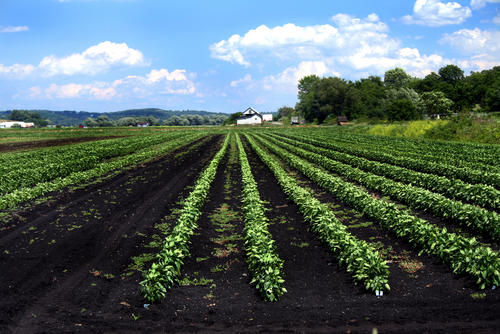We occasionally receive questions and emails from readers regarding how real estate and farmland will fare at preserving purchasing power during hyperinflation.
The Doc has been meaning to get around to writing a piece on this, but thanks to Gonzalo Lira, he now won't have to. (with a full-time day job, a 10-week old son, and a 2-hour-a-day gym commitment, sometimes pieces bounce around in The Doc's head longer than he would like)
In reality, the whole discussion of hyperinflation hedges is summed up in a single word: Credit. Any asset that is currently financed in any way by credit, will significantly decline in value in absolute terms during a hyperinflationary period when the availability of credit dries up.
In perhaps his best piece since his initial article on Hyperinflation, GL tears apart the common conceptions that real estate and farmland are decent hedges against hyperinflation.
GL summarizes:
However, there are three caveats to this line of argumentation: One, farmlands—like any other bit of real estate—is dependent on credit. Two, the business of farming is cash-intensive, and requires sure-fire lines of credit in order to eke out razor-thing margins. And three, unlike industrial commodities or precious metals, agricultural commodities can spoil if they are not consumed; not all agriculturals spoil, of course, but enough that it affects the entire commodity class.
Click here to read Gonzalo Lira's Excellent Analysis on Farmland as a Hedge Against Hyperinflation:
